2014 Arlington, Virginia, USA
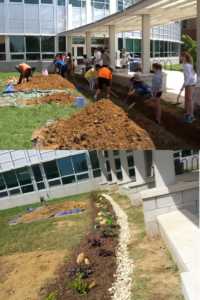
Students in Liz Castillo’s sixth grade science class were concerned that stormwater runoff from the school property contributes to erosion and the transport of pollutants that reach Four Mile Run in Arlington. One of the places they noticed runoff was from the entrance awning to the school, which drained to a bare patch of ground in a highly visible location. The students recognized that this would be a good potential location for a rain garden, for practical and aesthetic reasons, and they knew that the previous year Kenmore students had not been able to get approval to put a rain garden on the roof. Their Caring for Our Watersheds proposal outlined their plan to make this improvement, and it was a finalist in the 2014 competition.
To implement their project, they enlisted the help of students at Washington‐Lee High School, who were able to provide some funding for rototilling through a Girl Scout Gold Award project, as well as additional muscle power to dig up the hard packed ground. Nutrien provided $640 toward plants, topsoil, mulch, and gravel for the rain garden, which had an overall budget of $887.
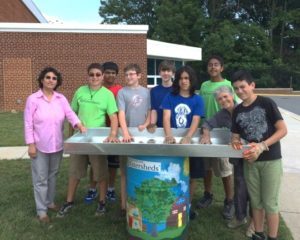
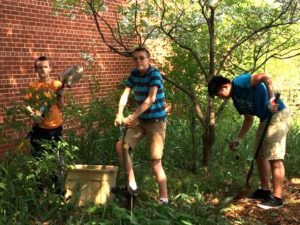

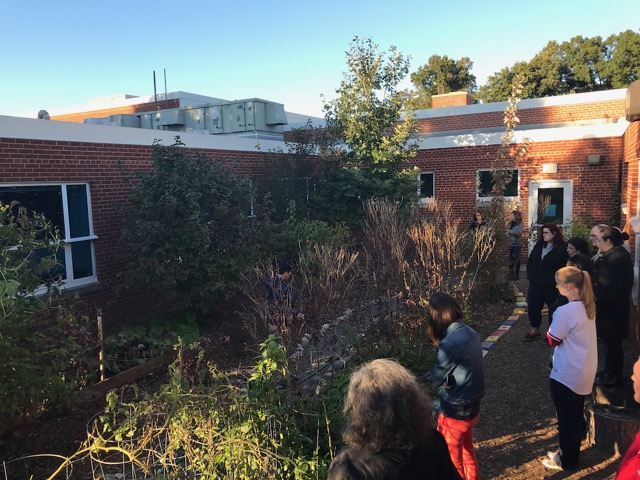
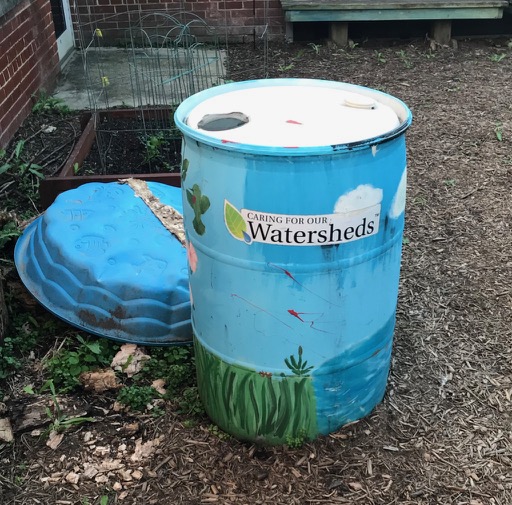

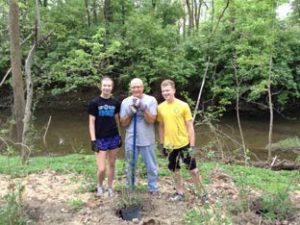

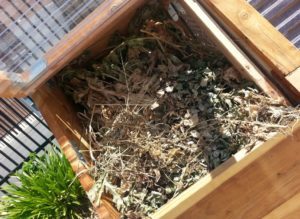
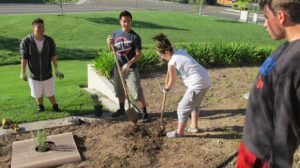
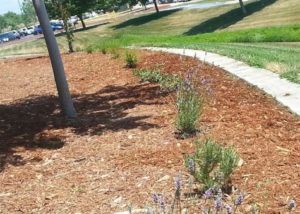
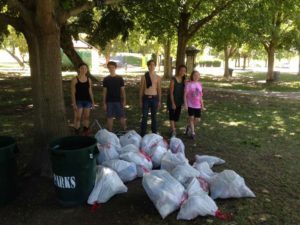
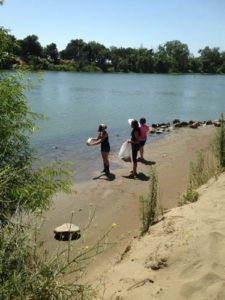
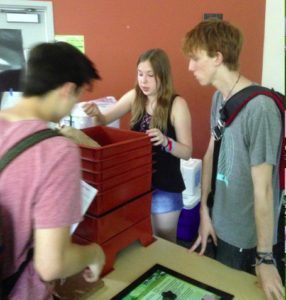
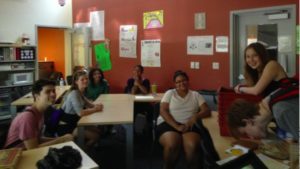
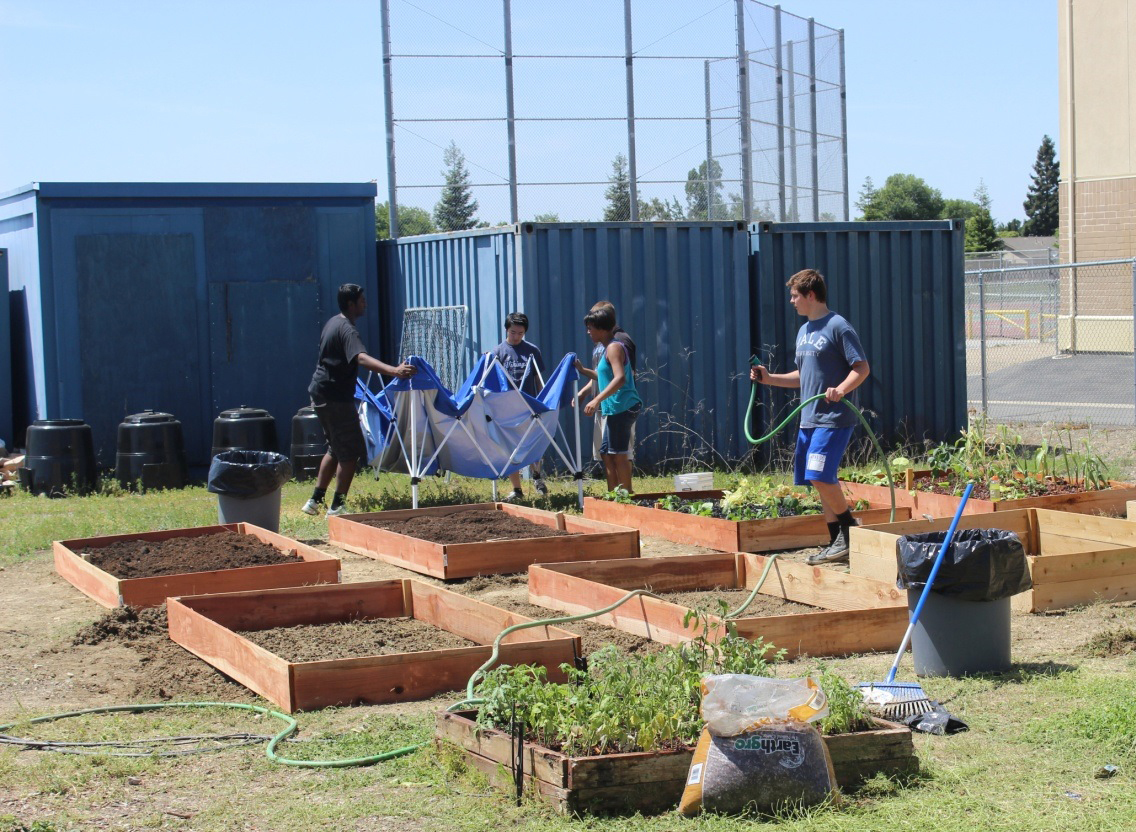
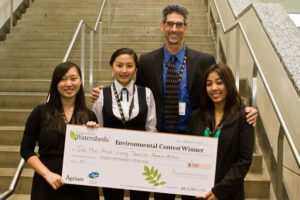
 Rain barrels are designed to collect water, but one distinctive rain barrel designed by students at Daysland School in central Alberta is garnering just as much attention as it is water.
Rain barrels are designed to collect water, but one distinctive rain barrel designed by students at Daysland School in central Alberta is garnering just as much attention as it is water.